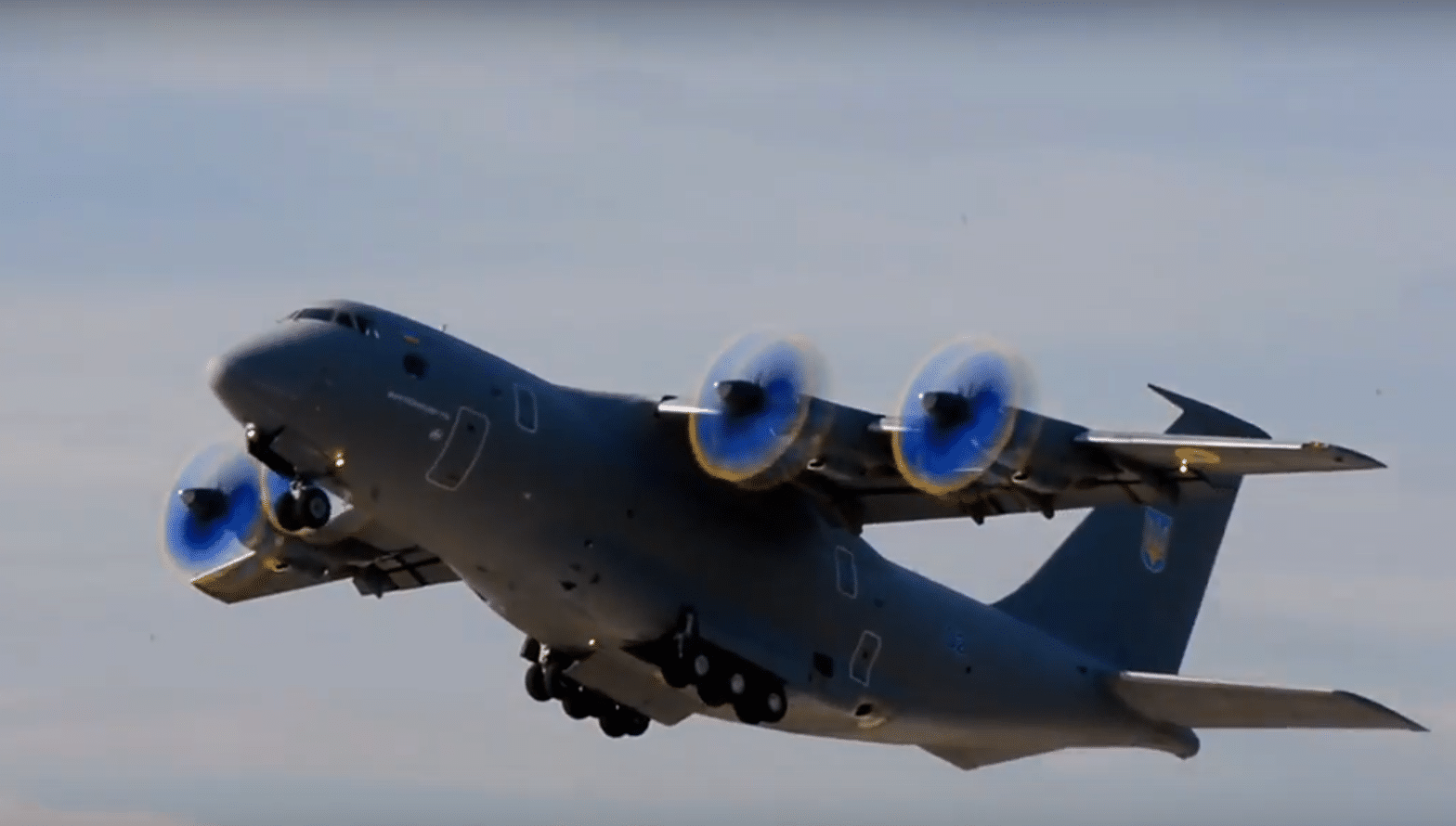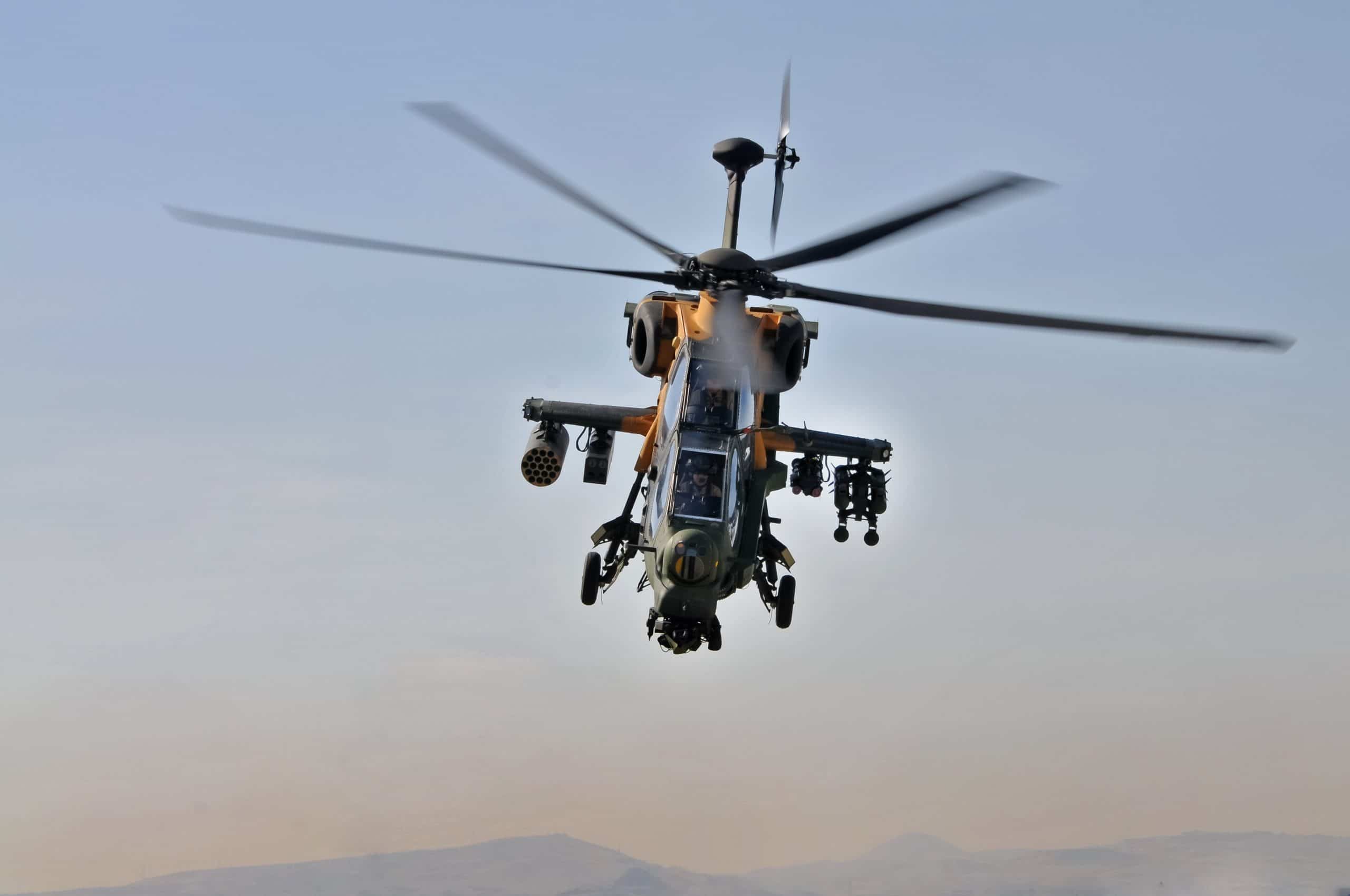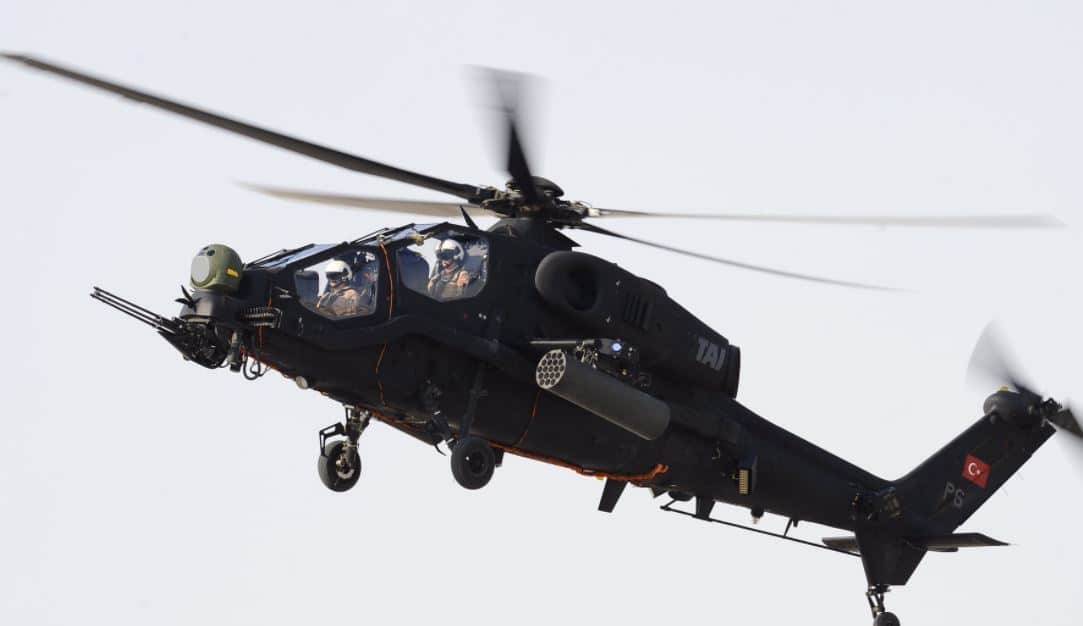2222Views 0Comments

Ukraine aims for parallel armed forces and defence industry modernization
Ukraine’s President Petro Poroshenko announced that the country’s armed forces and defence industry will be modernized across many areas, including the development of new weapon systems.
“Now we are starting the program of military-technical modernization of the army, we must bring our weapons to the level of the 21st century,” Poroshenko said in an inaugural speech for an arms exhibition celebrating Ukraine’s independence.
Integral to this effort will be the development of new weapon systems, which will both serve to advance the Ukrainian military in its re-armament efforts as well as drive Ukrainian defence exports.
Poroshenko outlined that Ukraine will need to develop and produce “new missile weapons, cruise missile systems, modern artillery systems, precision munitions, unmanned aerial vehicles, electronic warfare complexes, counter battery radars, space reconnaissance [systems].”
To showcase an example of its efforts, UkroBoronProm had showcased an upgraded variant of the T-72 main battle tank – i.e. the T-72AMT – incorporating various survivability and engagement improvements.
This includes compatibility with the Kombat laser-guided anti-tank missile (ATGM), which can penetrate 550 mm of armour, and a radio communications system from Turkey’s Aselsan. In addition, the T-72AMT is equipped with Nozh explosive reactor armour (ERA).
Notes & Comments:
It appears that a major aspect of Ukraine’s defence development strategy is the forming of partnerships with other governments and defence suppliers. The former avenue enables Kiev to pool additional funds and increase economies of scale for its systems, improving affordability.
UkroBoronProm’s partnership with Saudi Arabia’s King Abdulaziz City of Science and Industry (KACST) and Taqnia Aeronautics Company over the Antonov An-132D multi-mission utility aircraft is an example of this effort. Moreover, the An-132D also relates to Ukraine’s ties with new defence suppliers, especially in the West, such as Pratt & Whitney Canada, which is providing the PW150 turboprop engine for the An-132D.
The Middle East and South Asia are Ukraine’s major target markets. In parallel with Saudi Arabia, Kiev is also seeking to rekindle its armour deals with Pakistan, which had been a key buyer in the 1990s of engines and complete tanks (i.e. T-80UD) from Ukraine. In 2016, Ukrspecexport and Pakistan’s Heavy Industries Taxila (HIT) signed a $600 million U.S. memorandum-of-understanding (MoU) for tank modernization and overhaul activities in Pakistan. This was followed in 2017 by another MoU for co-production, potentially of tank engine (e.g. 6TD-2 and 6TD-3) components in Pakistan. In May, Pakistan’s Ambassador to Ukraine Athar Abbas suggested that Pakistan was negotiating for 100 Oplot MBTs.
That said, UkroBoronProm has also been seeking to collaborate with Western industry players, including those in the U.S., to revive shelved programs. In July, UkroBoronProm had called upon U.S. vendors for support in the An-70, which the Ukrainian Ministry of Defence intends to eventually procure for its tactical transport needs and to export abroad. Avionics should be of interest. For example, Rockwell Collins’ suites provide valuable air lift capabilities, such as Computed Air Release Point (CARP) software.
At this stage, collaborating with the Ukrainian industry – while potentially risky in light of its geo-strategic instability – can be mutually awarding. Kiev’s current and prospective partners appear to be progressing in securing valuable transfer-of-technology and co-production benefits in-exchange for their investments. Besides Saudi Arabia and Pakistan, even Chinese investors are engaging with Ukraine. In November 2016, the Beijing Skyrizon Aviation Industry Investment Co Ltd had begun producing Motor Sich powerplants in China under license. In May 2017, Skyrizon invested $250 million U.S. in Motor Sich’s facilities in Ukraine.
The cumulative impact of these efforts (and others) could enable Kiev to introduce a spate of new systems to its product catalogue, which is flush with intriguing concepts and preliminary designs. These include a series of new air-to-air missile seekers, active and passive electronically-scanned array radars, aircraft and various powerplant options. However, funding and scale have dampened the pace at which these designs can be pursued, hence Kiev will be reliant on overseas partnerships.


